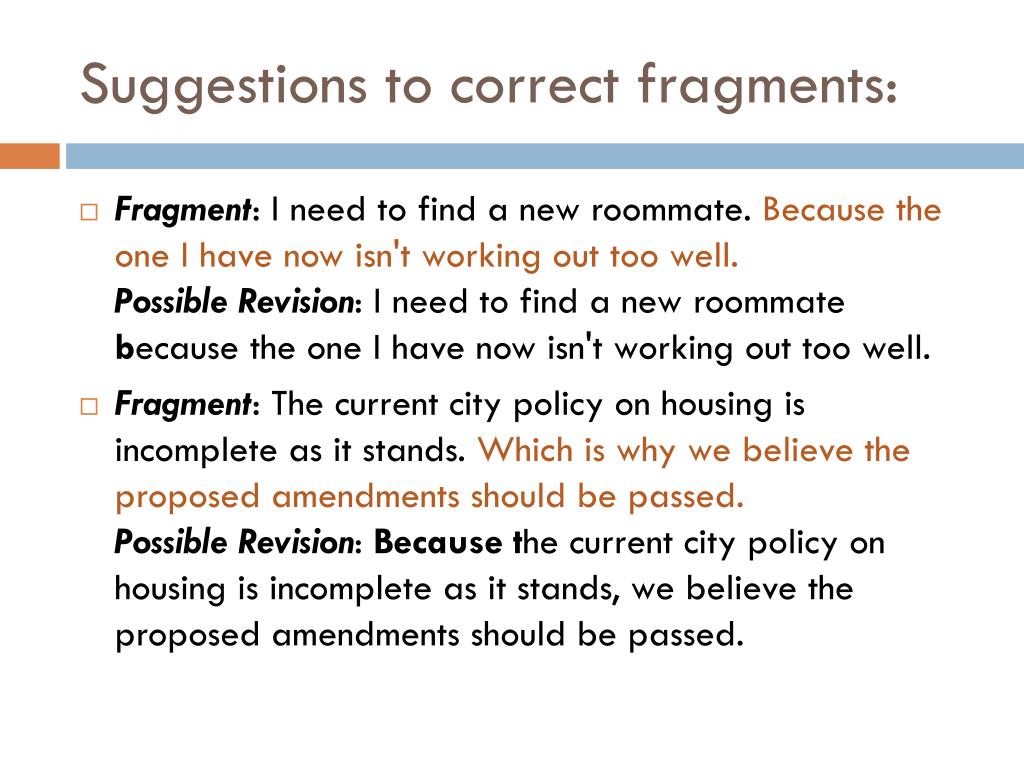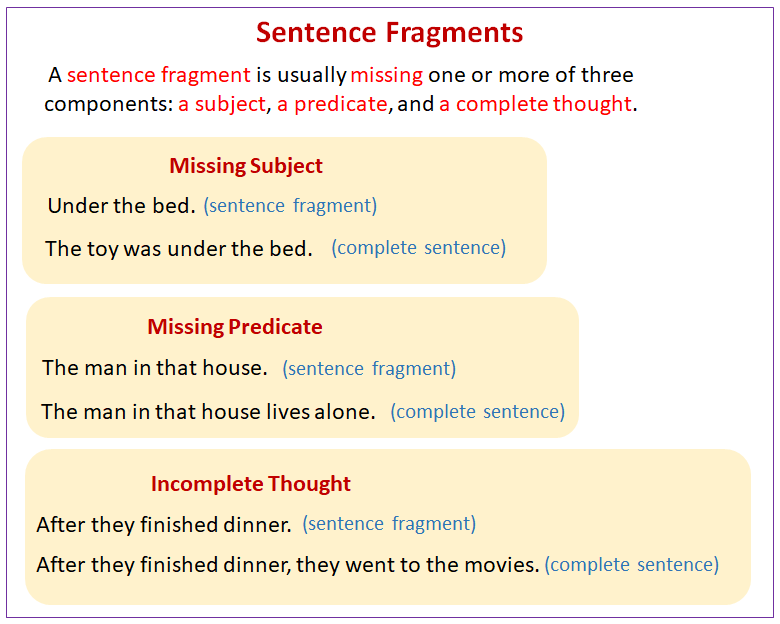

In this case, fragmentation would have been planned and deliberate, built into the design of the object itself. He researches ceramic jugs from the Renaissance with satirical images of the pope that may have been made with the intention of being smashed as part of a critique of the Catholic Church. Zagoury studies this last kind of breakage. Sometimes objects are intentionally destroyed in wars or conflicts sometimes they are broken in the process of being looted and sometimes, objects are demolished as political acts or artistic statements. Yet not all fragmentation happens by accident. “As it is decontextualized, recontextualized, reframed or translated, its integrity is affected in one way or another.” “A work of art that has travelled through time is always somehow a fragment of what it has been,” he says.

In this case, the skull-a fragment of the larger body-comes to symbolically stand in for the entire person.ĭavid Zagoury, a Getty Research Institute postdoctoral scholar, agrees. Heads, for instance, might be kept by family members and decorated or buried in special ways. In others, the body can be transformed into other forms-ashes, for instance-and can be scattered.” In addition, certain pieces of the body can be treated with particular reverence.

As she explains, the attitude a society has towards its dead says a lot about its notions of fragmentation and decay: “In some cultures, it is imperative to preserve the integrity of the body after death. It can be a single but self-sufficient layer of something complex.”īeeby studies the ways that remains were treated in mortuary sites of Early Iron Age Greece, and so the “fragments” of her research are actually deceased human bodies. “The first step of understanding the importance of ‘fragments’ is to stop thinking of them as useless and discarded,” says Cicek Beeby, a postdoctoral Fellow at the Getty Research Institute. Why study fragments? For one, because they can open up perceptions about what is assumed to be broken as opposed to whole. Given that fragments are everywhere in the historical record, Getty scholars are looking at a range of objects, from Japanese calligraphy albums to Greek funerary arrangements. “The Fragment” is the 2020–2022 theme for the Getty Scholars Program, and the cohort of academics from around the world is changing the perception that a fragment is just something that is broken or incomplete. Researchers at the Getty are taking a similar approach when it comes to the study of fragmented objects. Yet for him, what remains of the statue becomes a work of art in its own right. Rilke was writing about one of the many sculptures missing heads, arms, and legs that survive as only fragments of their former selves. Is still suffused with brilliance from inside, The poet Rainer Maria Rilke mused on this subject when he wrote of a broken statue, Maybe you imagine that an object must have simply come to be the way it is because, well, all things break eventually.īut people who study art have long considered the inevitable disintegration of objects.


 0 kommentar(er)
0 kommentar(er)
